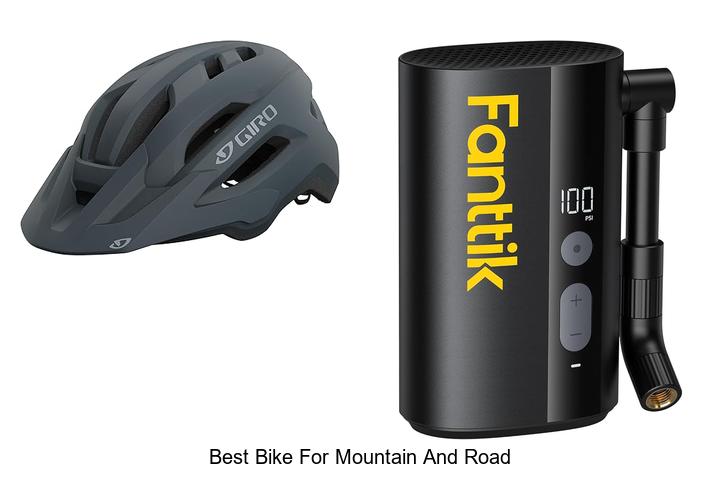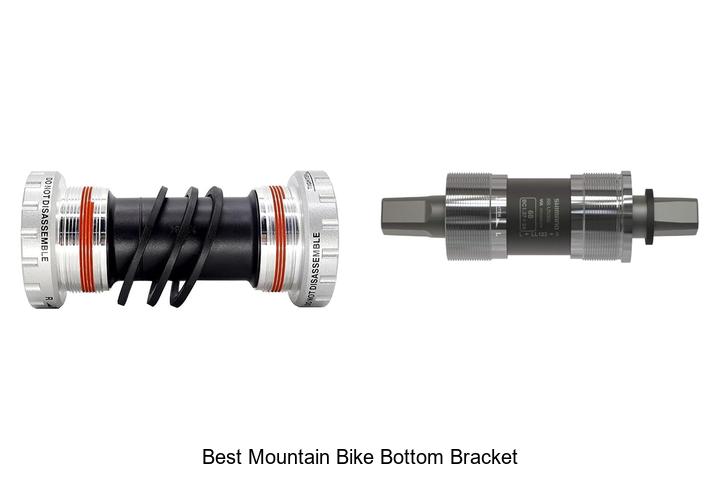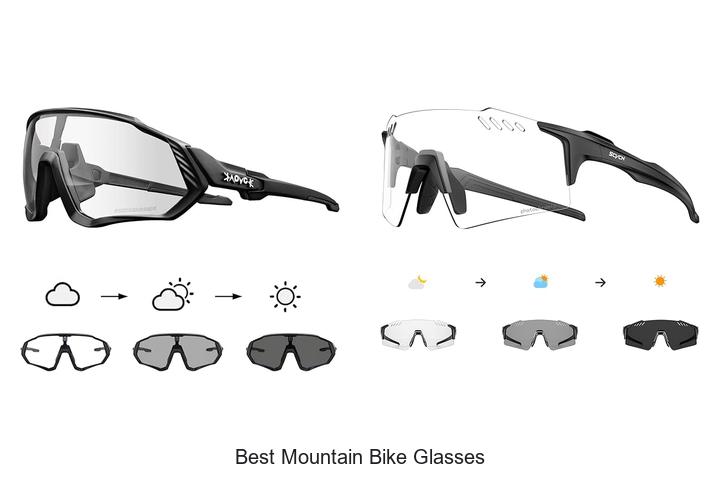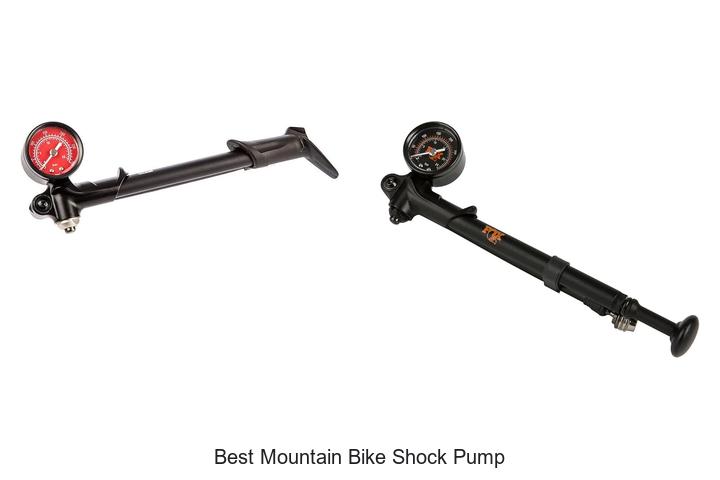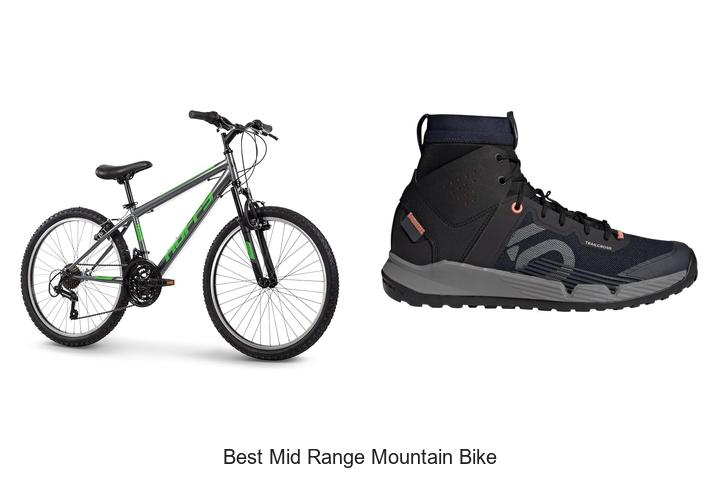How Much Is a Mountain Bike? Price Guide for All Budgets
Key Takeaways
- Mountain bike prices vary widely, typically ranging from $400 for entry-level models to over $7,000 for high-end bikes with advanced features.
- Factors affecting price include bike type, frame material, components, and brand reputation.
- Entry-level bikes are suited for beginners and casual riders, while mid-range and high-end models cater to more serious and professional riders.
- Buying online offers broader selection and lower prices, but local shops provide expert advice, fitting, and after-sales support.
- Seasonal sales and end-of-model-year discounts are the best times to find quality bikes at reduced prices.
- Understanding your riding needs and budget helps in selecting the right mountain bike without overspending.
Thinking about buying a mountain bike but unsure how much it costs? You’re not alone. Mountain bikes come in a wide range of prices depending on features, quality, and brand. Knowing what to expect can help you make a smart choice without overspending.
Whether you’re a beginner or an experienced rider, understanding the price factors will guide you to the right bike for your needs. From budget-friendly options to high-end models, there’s something for every rider and every wallet. Let’s break down what affects the price so you can find the perfect mountain bike without any surprises.
Factors That Influence How Much Is a Mountain Bike
Several elements affect how much a mountain bike costs. Understanding these factors helps you choose a bike that matches your riding style and budget.
Types of Mountain Bikes
Cross-country, trail, enduro, downhill, and fat bikes each serve different purposes and vary in price. Cross-country bikes tend to cost less because they’re lighter and simpler. Downhill and enduro bikes come with advanced suspension and stronger frames, increasing prices significantly.
Frame Materials and Components
Aluminum, carbon fiber, steel, and titanium frames impact bike weight, durability, and cost. Carbon fiber frames tend to be the most expensive due to their lightweight and strength. Components such as suspension forks, drivetrains, and brakes affect price; high-end suspension systems and electronic shifting drive costs higher.
Brand and Model Variations
Well-known brands like Trek, Specialized, and Santa Cruz often charge premium prices for proven quality and support. Entry-level models from these brands cost less but still command higher prices than lesser-known manufacturers. Limited editions or new model releases generally carry a price premium.
Price Ranges for Mountain Bikes
Mountain bikes come in various price segments tailored to distinct rider needs and budgets. Understanding these price ranges helps you select an option that balances cost with performance.
Entry-Level Mountain Bikes
Entry-level mountain bikes cost between $400 and $800. These models feature aluminum frames, basic suspension forks, and entry-grade drivetrains with 7 to 9 speeds. Brands like Trek, Giant, and Specialized offer reliable options in this range. Entry-level bikes suit casual riders or beginners focused on light trail use or commuting.
Mid-Range Mountain Bikes
Mid-range mountain bikes range from $800 to $1,800. They include stronger aluminum or lower-grade carbon frames, upgraded suspension systems with adjustable settings, and drivetrains with 10 to 12 speeds. Shimano Deore or SRAM NX groupsets often appear here. These bikes handle moderate trail difficulty and longer rides, appealing to enthusiasts wanting better durability and performance.
High-End Mountain Bikes
High-end mountain bikes start around $1,800 and can exceed $7,000. Expect carbon fiber frames, advanced full suspension with customizable damping, and premium drivetrains such as Shimano XT, XTR, SPD, or SRAM Eagle. Components include tubeless-ready wheels and hydraulic disc brakes. You get lighter weight, superior control, and components made for aggressive trail riding, racing, or professional use. Top brands include Santa Cruz, Specialized, and Cannondale.
Where to Buy Mountain Bikes and Pricing Tips
Choosing where to buy your mountain bike affects both cost and service quality. Understanding buying options and timing helps you get the best value.
Online vs. Local Bike Shops
Buying online offers a wider range and competitive prices, especially for new and mid-range mountain bikes. You gain access to customer reviews and detailed specifications, which aid decision-making. However, online purchases lack immediate test rides and personalized fitting. Shipping fees and assembly costs may apply.
Local bike shops provide expert advice, professional fitting, and the chance to test ride models before buying. Shops often include post-purchase services such as maintenance and warranty support. Prices can be higher due to overhead costs, but negotiation or package deals are sometimes available.
Balance your choice between lower online prices and in-person support at local shops depending on your confidence with bike assembly and need for customization.
Seasonal Discounts and Deals
Mountain bike prices often drop during off-season months, typically late fall through winter. Retailers clear older inventory to make room for new models, offering discounts up to 20-30%. Major holiday sales around Black Friday, Cyber Monday, and Memorial Day also provide significant savings.
End-of-model-year sales enable you to buy high-quality bikes from previous seasons at reduced prices without sacrificing performance.
Act fast during these sales since popular models and sizes sell quickly. Monitoring bike shop newsletters and online deal sites ensures you catch timely offers. Buying during sales months helps you stretch your budget while securing better components or brands.
Conclusion
Choosing the right mountain bike comes down to balancing your budget with the features and performance you need. Whether you’re just starting out or looking to upgrade, knowing what impacts the price helps you avoid overspending while getting the best value.
Keep an eye on sales and consider where you buy to make the most of your investment. With the right approach, you’ll find a mountain bike that fits both your riding style and your wallet perfectly.
